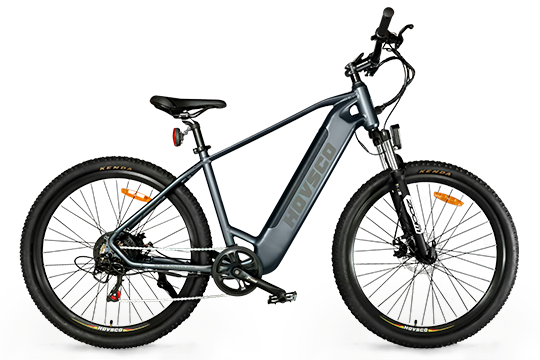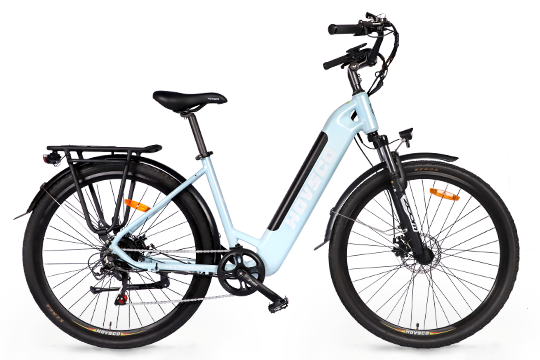Everything You Should Know About Types of E-bike Lithium Batteries

The battery is a principal part of an electric bike. It affects the speed and duration of the bike. Choosing a good battery affects its efficiency and the amount of distance you can travel on a single charge. Even when the size and weight are the same, different batteries can perform very differently depending on the type and structure. Capacity, voltage, size, weight, charging time, and total battery life were all characteristics of batteries. In general, when you choose an electric bike, the battery is the component that you must pay the most attention to.
This post mainly discusses the many types of electric bike batteries on the market.
Lead-acid Batteries
Lead-acid batteries are inexpensive and simple to recycle. They have a lower power output and are much heavier. Lead-acid batteries are the heaviest of the electric bike battery types available. They are three times the weight of lithium batteries and two times the weight of nickel batteries. Furthermore, lead-acid batteries have a lower capacity than nickel and lithium batteries. A lead-acid battery's maximum capacity is half that of a lithium or nickel battery. Though lead-acid battery design is among the earliest, it is not necessarily a problem. Over many decades, the technology has been proven and tested, and production methods have been developed to create high-quality, low-cost lead-acid batteries for hundreds of diverse specific applications. Other battery types may be more ‘high performance in terms of weight or energy density, but lead-acid batteries have become a tried-and-true solution for applications such as electric automobiles and electric bikes.
Lithium Iron Phosphate Battery
Lithium iron phosphate (LiFePO4) is a relatively new but already popular type of battery. It can operate across a wide temperature range, making it a viable option for various applications or weather conditions (it works in temperatures as low as -30 degrees Celsius without loss of capacity) . Its advantages include a longer life span, charge efficiency, no maintenance, extreme temperature operation and an ability to charge quickly.
Besides, this type of battery has the largest number of full cycles, which is about 1,000. It is less susceptible to ageing than the usual Li-ion. It is also devoid of the memory effect. The disadvantages of LiFePo4 batteries include low specific capacity and high cost.
Ternary Lithium battery
Ternary lithium battery is another type of lithium-ion battery. They are widely used in electric cars and have been the style of battery used in many electric bikes recently. The name “ternary” here means “three” and in this case refers to the three different metals found in ternary lithium batteries which are nickel, cobalt, and manganese.
These three metals are used as the cathode material in ternary lithium batteries. The cathode is the point of the battery where electricity flows into the battery. This is opposite the anode, which is where oxidation occurs, and the electricity flows out of the battery. Further explanation of how batteries work is outside the scope of this post, but just know that the types of metal used in the cathode can change the use-cases and efficiency of various batteries.
One downside to ternary lithium batteries is that they can be intolerant of high temperatures. This may not be a safety issue when used in compliance with the specific application for which the battery was designed, but caution should be exercised when operating these batteries outside of the manufacturer's recommended temperature range or with incorrect chargers.
Quaternary Lithium Battery
All of this previous history and the earlier generations of Lithium-ion batteries brings us to today. Recent advancements in battery production have resulted in the Quaternary Lithium battery. Quaternary batteries are made with nickel, cobalt, manganese, and include one additional metal: aluminum.
Two of the biggest advantages of these batteries are their improved safety and reduced cost. They also have a longer life, higher capacity, and better cycle performance than previous Lithium-ion batteries. Combined with good thermal stability and good low-temperature performance, these batteries make the perfect electric bike battery. One downside, however, is that mining costs for the metals of this battery are quite high.
Conclusion
So, as you shop around and research the electric bike conversion kit market, keep in mind the chemistry type of the batteries you are comparing, make sure you have some clear comparison criteria in your mind regarding how much power a given battery will hold given it’s size, weight, and price, and check out our additional battery pack and lithium upgrade options.






Leave a comment